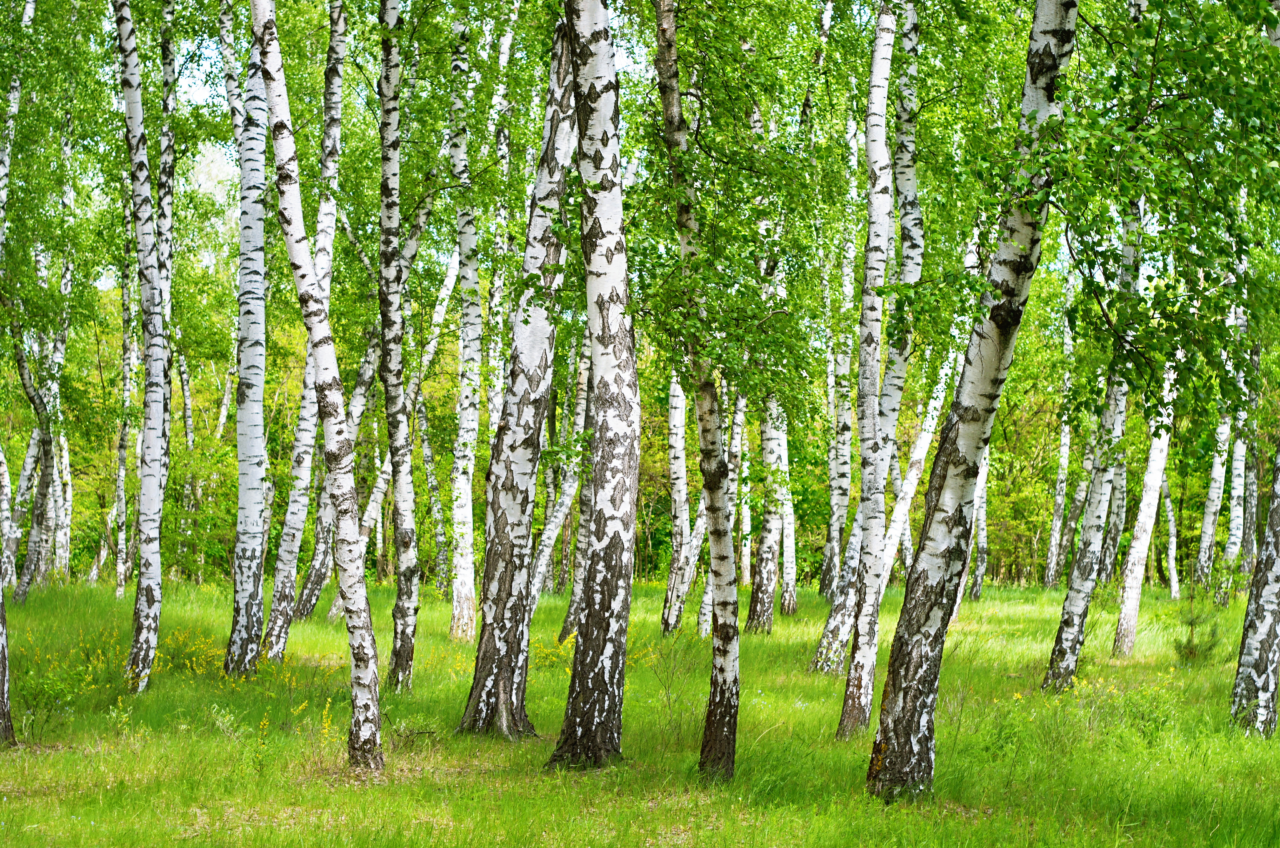Birch
Bedwen. Beith. Betula.
As a pioneer species, birch was one the first trees to populate the land after the last ice age. It is found as far north as the Arctic circle and tolerates acidic, exposed soils. A birch wood is home to chaffinches, tree pipits, willow warblers, robins, woodcock, nightingales, redpolls and also woodpeckers which exploit birch’s excellent acoustic qualities in order to drum for a mate or advertise territorial claims. Wildflowers such as primroses, wood anemones, ransoms and bluebells as well as fly agaric mushrooms thrive in the dappled shade and only an oak tree hosts more species of insect than birch.
Birch polypore, a bracket fungus unique to the birch tree, is a food source for insects and helps break down dead trees. Strips of the fungus can be used to sharpen knives as well as making perfect plasters due to its antiseptic, antibacterial and anti-inflammatory properties. The sap of the birch tree is a valuable food source and can also be fermented to make wine or beer. Birch resin or tar was the first super glue, Mesolithic hunter gathers using it to glue arrows to their shafts 80,000 years ago.
Birch is vital in helping to regenerate our woodland at Bwlch Corog, colonising open ground where the vegetation is sparse. Most exciting is the presence of a rare species of birch, Betula celtiberica, within the ancient woodland.
Status at Cambrian Wildwood: Present

